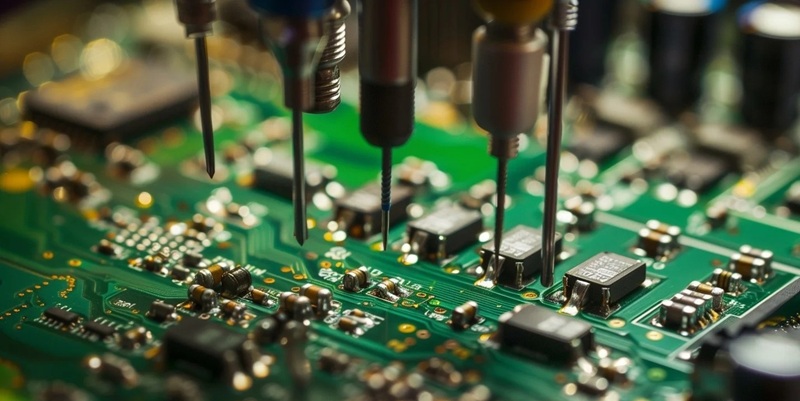Schedule a Call Back
India is in process of transitioning towards adopting automation
 Interviews
Interviews- Nov 02,23

Related Stories

We see strong demand for process equipment in next 5 years: Shalabh Singh
in this exclusive conversation with Rakesh Rao, Shalabh Singh, Chief of Business Development at Isgec Heavy Engineering Ltd, delves into how Isgec is aligning itself with national priorities while t..
Read more
Renishaw Unveils Equator–X 500 Dual-Method Gauging System
Equator–X 500 dual-method system extends the Equator range of versatile gauges for shop floor process control, high-speed measurement and quality assurance
Read more
Teledyne Launches Industrial Image Sensors for Space
These new products complement Teledyne’s ongoing offerings for demanding science and defense missions by providing options for the less rigorous New Space market.
Read more
















